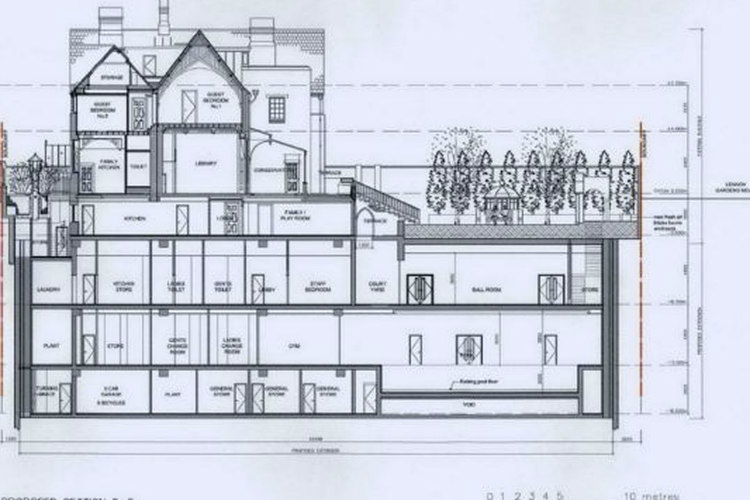
The “Iceberg Homes,” named so because, like an iceberg, they are much larger below the surface, became a common trend among many billionaires in the London borough of Kensington and Chelsea. These homes contain large underground spaces with luxurious amenities and more rooms.

Named for their concealed bulk below ground — like how most of an iceberg hides out of sight below the waterline — this answer to zoning height restrictions has become a popular means to satisfy the housing demands of the ultra-rich without building upwards in historic areas.
And just like other new and unconventional housing typologies like laneway homes and affordable modular housing, local opposition is threatening the future proliferation of these subterranean palaces.
One such home in the Hoggs Hollow neighbourhood had its modifications approved by the City's Committee of Adjustment, allowing nine trees to be taken down, most notably a mature sugar maple thought to be about 250 years old.
London, England's iceberg house craze has garnered strong opposition from those neighbouring build sites, citing excessive noise and vibration, and in severe cases even shifting ground levels and the collapse of adjacent home foundations. These same concerns have made their way to Toronto's city hall.
Neighbours' concerns over the Committee of Adjustment's ability to approve these developments with no input from planning staff have led to councillors calling for an urgent need to address permits for so-called iceberg houses.
A member motion from Councillor Jaye Robinson, seconded by Councillor Mike Colle, recommends that City services report back on strategies to address the impacts of various environmental, drainage, and other factors, along with a review of similar developments in other cities.
The motion carried just after 2:15 p.m. on Monday via a show of hands, setting plans in motion that could spell the end of iceberg houses in Toronto.
https://unbelievable-facts.com/2017/...erg-homes.html